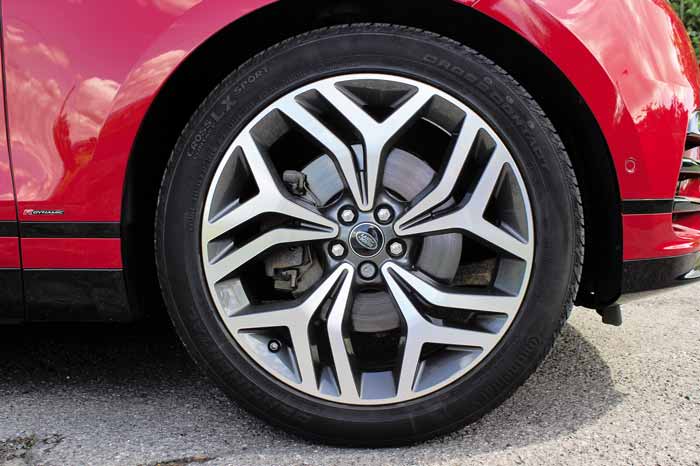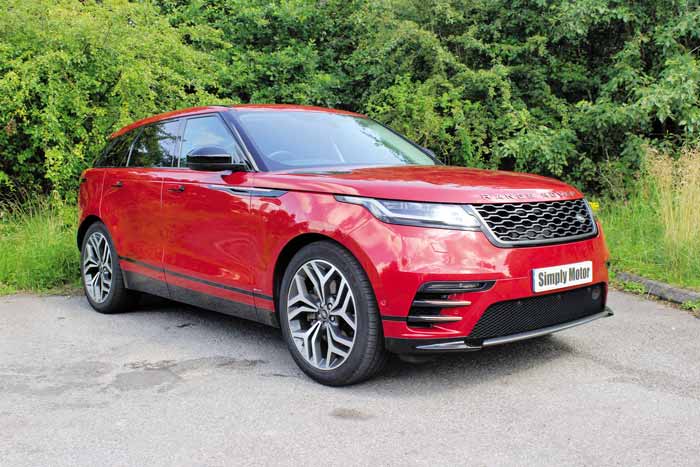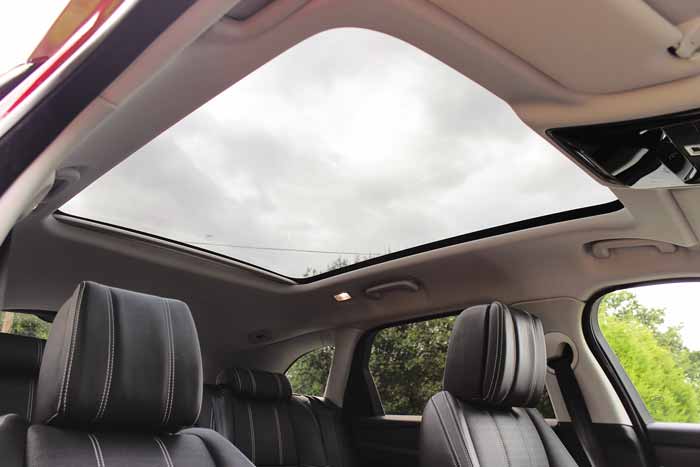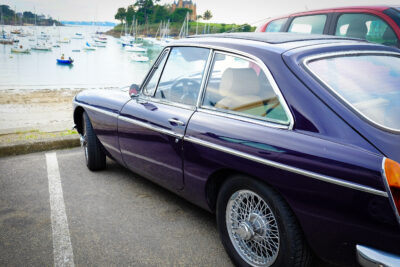
The Range Rover Velar is the “best looking Land Rover to date”
by Northern Life
It wasn’t all that long ago that Land Rover had only the Defender, the Freelander, the Discovery and the Range Rover in its model line-up. But in recent years this offering has grown exponentially.
“The Velar actually looks like a concept car, and that’s about the highest praise the styling of a car can receive”
Before long we had the Discovery Sport, the Evoque, the Evoque Convertible (no, I don’t know why either, but thankfully that’s gone now), the Range Rover Sport and the Range Rover; including a long wheelbase option. A new Defender will soon join the ranks, and a new Evoque already has, but the latest expansion to the line-up is the Range Rover Velar.
It’s hard to see the gap in the market Land Rover envisaged when slotting the Velar in between the Evoque and the Range Rover Sport, but I’m glad that they did. Because this is, unquestionably, the best looking Land Rover to date.
The exterior lines are sleek and flow effortlessly. Adding to this are the door handles which retract when not needed. A stroke of genius that gives an immaculate side profile. The proportions are spot on, with a slim window line that tapers gradually from front to back. The Velar actually looks like a concept car, and that’s about the highest praise the styling of a car can receive.
The cabin is equally magnificent; high-end materials, stylishly laid-out. You’ll notice the rather nice Union Jack pattern on the seats and speakers. It’s a justified inclusion too: JLR may be owned by Indian company Tata Motors, but the Velar is built exclusively in the West Midlands, at JLR’s Solihull plant.
At the centre of the cabin is a new dual-touchscreen system. The top screen is home to media, navigation and telephone systems. Climate controls, seat controls and vehicle drive modes can be found on the bottom screen.
Higher-spec models also feature a 12.3-inch digital instrument cluster which can be customised to show dials, a map, media information, trip information, or a combination of the above. And the steering wheel buttons are capacitive, even changing their appearance depending on the function required. So unusually for a car loaded with tech, the Range Rover Velar has very few physical buttons.
The engine availability in the Velar is comprehensive to say the least: ranging from a 2.0-litre four-cylinder diesel D180 with 180PS up to a ripsnorting 5.0-litre supercharged V8 with 550PS, with a host of petrol and diesel options in between.
My test car was a D300: a 3.0-litre V6 diesel offering 300PS and whopping 700Nm of torque. Shove your right foot into the carpet and this sizeable car will sprint from 0-62mph in 6.7 seconds. But it’s the mountain of torque that makes this particular Velar so quick. In-gear acceleration is mind-boggling, and overtaking on the motorway is effortless. In fact, you soon forget this is a 2-tonne SUV…
Until you need to stamp on the brakes with force. All of a sudden, you feel like the Titanic heading towards the iceberg; waiting, hoping that this leviathan will come to a stop. Frankly with such a powerful engine the Velar needs more powerful brakes. That’s my first of three niggles.
The second is that on 22-inch alloy wheels the ride isn’t particularly fitting of a Range Rover. Yes they look great on the outside, but they also seek out every lump and bump, sending them directly to the base of your spine. Even the brilliant air suspension can’t prevent this. In ‘Comfort’ mode, it’s noticeable but bearable. In ‘Dynamic’ mode it’s downright unpleasant.
I haven’t driven a Velar with smaller wheels, but I have to think it would be better. You can have alloys as small as 18’s, but they look rubbish. 20’s would probably be the best bet.
When it comes to practicality, the Velar is more than capable enough to hold its own. Boot space is 513 litres with the rear seats up, and 1,250 litres with them down. Cabin space is equally substantial. If you stick to using the outer rear seats only, and make use of the centre armrest, travelling in the back is properly luxurious. There’s even a button to electrically recline the backrests.


The final section of this review brings my final niggle with the Range Rover Velar: price. With such a broad range of engines and trims, comes a broad price range: from £45,260 for a basic D180, to £86,685 for the rangetopping 5.0-litre SV Autobiography Dynamic Edition. The D300 RDynamic HSE tested here starts at £68,280. Throw in Firenze Red paint, optional wheels, a panoramic roof and a few other extras, and my test car will set you back £71,830.
There’s no escaping the reality that the Range Rover Velar is expensive. Yet somehow it doesn’t matter. Its jaw-dropping style pull you in. Its masterpiece of a cabin keeps you interested, and a choice of brilliant engines seals the deal. Ultimately the heart wants what the heart wants, even if that means £70,000.









